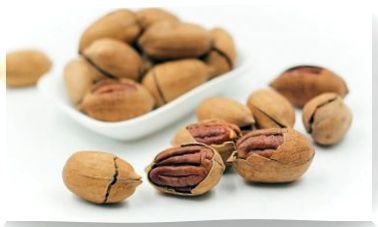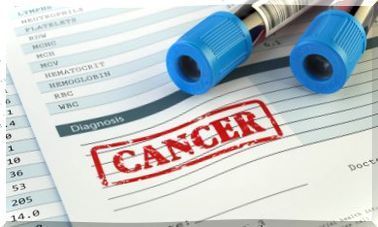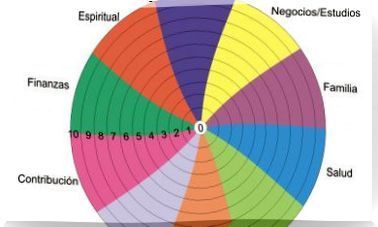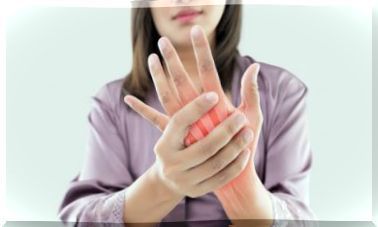What Is Chest Pain?
Chest pain, to be classified as such, must be located in the anterior area of the trunk of the human body. Precisely, it should be felt in some area between the neck and the abdomen. Some describe it as pain, others as discomfort. It can also be interpreted as a tightness in the chest.
This chest pain can come from any structure in the chest. It can be pain originating in an organ, such as the esophagus, or in the chest wall, from the muscles, ribs or nerves. And it is possible that it radiates, spreading the pain to the neck, upper limbs or even to the face.
At times, chest pain begins as a pain in the back and is felt first in the back. This will depend on the specific origin of the pathology that generates pain. In any case, to be considered from the thorax, it must manifest itself in the front.
It is a pain that people fear very much. Unconsciously , it is always associated with a heart problem; hence the fear. Approximately 5% of emergency department visits are attributed to chest pain. In pediatrics it is less frequent, constituting less than 1% of emergency consultations at that age.
Organic causes of chest pain
Chest pain is usually divided into two large groups: that of cardiac origin and that of non-cardiac origin. This allows clinicians to quickly differentiate between pain that requires urgent attention and pain that can be managed less quickly.
We are going to list the causes of cardiac chest pain first and then some groups of structures that can cause non-cardiac chest pain.
Cardiovascular origin
- Ischemic disease: chest pain is the fundamental sign of angina pectoris and myocardial infarction. It is a very intense, disabling pain, with a feeling of tightness. It is located in the heart area and radiates to the upper limbs and up to the neck. It represents an absolute urgency.
- Aortic rupture: Although the aorta artery has a thick wall that supports high pressure, it can rupture. It is a rare clinical situation called aortic dissection and causes severe pain. It also requires urgent care.
- Pericarditis: The lining of the heart is called the pericardium. Due to various circumstances, it can accumulate fluid and become inflamed, producing pericarditis. Pericarditis is expressed as chest pain that can be intermittent and usually changes according to position.
Lung chest pain
- Pneumonia: infection of the lungs with microbial agents causes chest pain. The pain may be continuous and intensify with coughing or respiratory movement. In general, it is a pain in one side, coinciding with the infected area.
- Pulmonary embolism: The arteries and veins of the respiratory system can become clogged with clots in a condition called pulmonary embolism. These clots can be formed in the lung itself or come, through the circulation, from other parts of the body. It is a situation of extreme urgency as well.
- Pneumothorax: just as the heart is surrounded by the pericardium, the lungs are surrounded by the pleura. If the virtual space that forms the pleura fills with air, it is called a pneumothorax. It is very painful, in addition to being accompanied by symptoms such as dyspnea.
- Pleurisy: the pleura is plausible with inflammation. This is pleurisy or pleurisy. As with pericarditis, the pain is intermittent and can vary with changes in posture.
Pain originating in the digestive system
- Esophageal spasm: the esophagus runs through the center of the chest to communicate the mouth with the stomach. As it is a hollow organ whose wall is muscular, it may spasm. In spasm, the esophagus closes in on itself causing chest pain and preventing the passage of food.
- Gastritis: although the stomach is located lower, sometimes gastritis and dyspepsia manifest pain upwards, in the chest. Gastritis is not only painful, but is often accompanied by digestive signs, such as belching, reflux, and nausea. Chest pain from GERD feels like a painful tie in the center of the chest.
- Gallstones: if the gallbladder has stones, although the usual pain is abdominal, it can affect the chest. According to the anatomical position of the gallbladder and the position of the gallstones, some patients perceive colicky pain in the right lung region and even in the right shoulder.
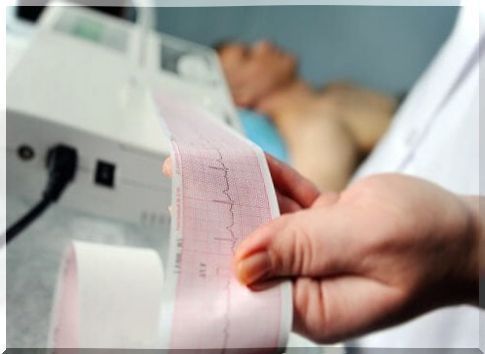
Other causes of chest pain
As we said, in addition to the organs of the thorax and abdomen, other structures and other situations can cause chest pain. It will always be necessary to rule out the most serious origins of pain, before proceeding to the diagnosis of the other causes that can be treated with less urgency.
Among these causes we have:
- Causes of psychogenic origin: the panic attack, for example, in which the pain comes from psychology and not from anatomy. There is a feeling of tightness and discomfort in the chest that does not respond to an organ or its malfunction.
- Costochondritis: it is the inflammation of the cartilage that joins the ribs to the sternum. It can come from stress or trauma, although not always. Its treatment is very easy with anti-inflammatories and local cold.
- Myalgia: The intercostal muscles that make up the chest wall can hurt, either from strains, tears, bruising from trauma, or inflammation. In general, the treatment is also basically carried out with anti-inflammatories.
- Neuritis: the nerves that run between the ribs can become inflamed and cause chest pain. A classic example is herpes zoster, in which the viral infection manifests as intense, burning pain that runs along the path of the affected nerve.



